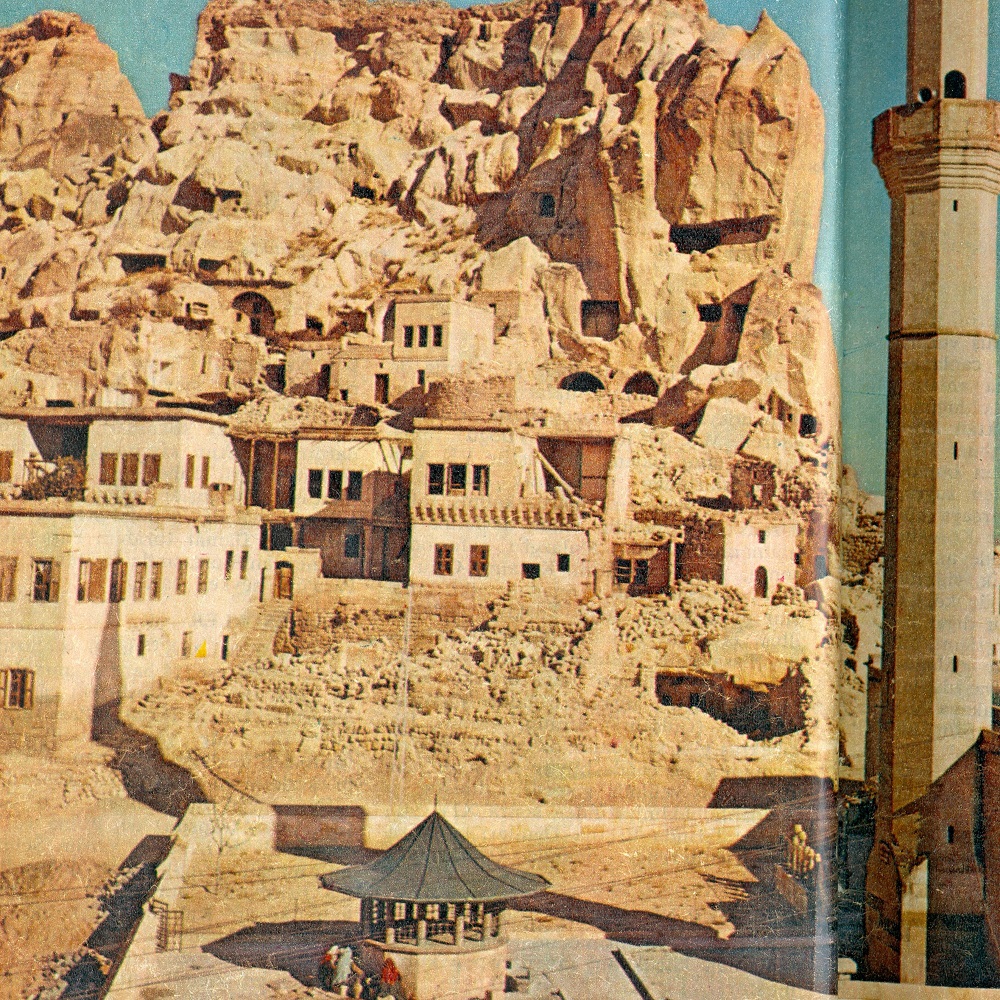HISTORY OF THE MANSIONS
During the 1830s, the famous Western explorer and painter Charles Texier visited Anatolia and was so impressed by the landscape he witnessed that he captured the earliest image of Fresco Cave Suites/Cappadocia in one of his engravings. Today, if you wish to experience the same feelings Texier had and view Fresco from above, you can take a short walk to Temenni Hill and enjoy this unique scenery. Texier described the extraordinary view of Fresco Cave Suites/Cappadocia as follows:
“Before descending from the dominant plateau of the region, I stood in amazement, stunned by the scene unfolding before my eyes. I don’t believe there is a more distinct and captivating natural formation in any other part of the world.”
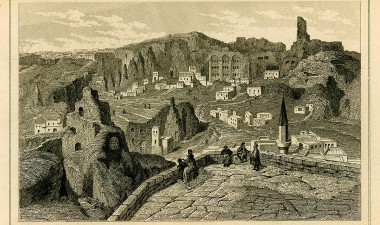
The historical Fresco Mansions, depicted in many postcards and featured in Texier’s engravings, date back to the 18th century.
Fresco Mansions consist of three sections, with the first two large mansions (Haremlik and Selamlık) built by Yesari Bey, the first mayor of Ürgüp. These mansions, divided into “Haremlik” and “Selamlık,” have walls adorned with unique frescoes created by Greek artisans. The fact that the figures consist only of flowers indicates that the mansion was a simple and modest Muslim house. The paintings within the niches depict figures known as the “door to heaven” or the “curtain of paradise.” The owners of the mansion even bribed shepherds to change the route of their flocks to protect these unique frescoes from the dust raised by the sheep coming from Damsa Valley.
Today, the mansion consists of four different structures: Haremlik, Selamlık, Munise Hanım, and Kayakapı.
The Haremlik and Selamlık sections are among the rare Turkish Muslim houses of the time. After Yesari Bey, the second owner of the Haremlik and Selamlık sections was İsmail Akıllı, who was born in Ürgüp in 1893, awarded the Independence Medal, and served as the mayor of Ürgüp for 13 years between 1933 and 1946. Since there was no hotel in Ürgüp at that time, it is known that Akıllı hosted all his guests in his home and sold many of his properties to provide municipal services and improve Ürgüp.
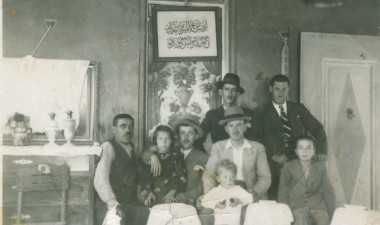
The third section of Fresco Mansions, which includes today's lobby, restaurant, terrace, and courtyard with a pool, is the "Munise Hanım" section. The construction date is estimated to be the first quarter of the 1700s, based on the inscription on the historic door at the entrance of the mansion. The first owner of this mansion is known to be Munise Hanım, the wife of Shaykh al-Islam Hayri Efendi, and her family. Shaykh al-Islam Hayri Efendi served in various periods as the Minister of Justice, Education, and Foundations in the Ottoman Empire. In addition to holding high-ranking positions, he also prepared the fatwa for entering World War I. In 1928, Munise Hanım and her brother donated this mansion to the Akıllıoğlu Family, who treated them very well, and moved to the adjacent mansion.
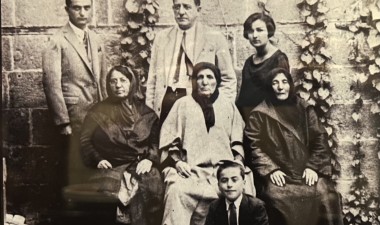
The fourth section of the mansion consists of historical rock houses and a small rock inn. In 1990, when Mehmet Toybıyık purchased this section along with the mansions, the rock houses and this small inn also became part of Fresco Mansions. After years of planning, research, and work, the restoration of the historical building, which began in 2009, was modernized considering the classic features of Anatolian architecture. Fresco, which started serving guests in 2011, takes its name from the unique frescoes adorning the mansion’s walls. Fresco Cave Suites/Cappadocia houses many historical and cultural values. Some of the significant ones are as follows:
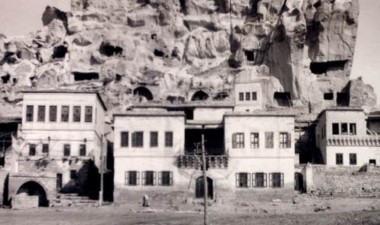
-
Middle School Building of the Education Mobilization Period (1948): In the 1940s, the major educational initiative in Turkey was also adopted by the administrators of Ürgüp at that time. During that period, the Haremlik section of Fresco Cave Suites/Cappadocia was used as a middle school building. 28 students received education in the school for 2 years.
-
House of Munise Hanım (Wife of Shaykh al-Islam Hayri Efendi, Chief of Islamic Religious Affairs): Shaykh al-Islam Hayri Efendi, the Chief of Islamic Religious Affairs in the Ottoman Empire, served as the Minister of Justice, Education, and Foundations at different times. In addition to holding high-ranking positions, Shaykh al-Islam Hayri Efendi also prepared the fatwa for entering World War I. The house of Munise Hanım, the wife of Shaykh al-Islam Hayri Efendi, is today the building where the restaurant section of Fresco Cave Suites/Cappadocia is located. Room 207 is named Munise Hanım in her honor, as it is known to have been the room she stayed in.
 English
English
 Türkçe
Türkçe



